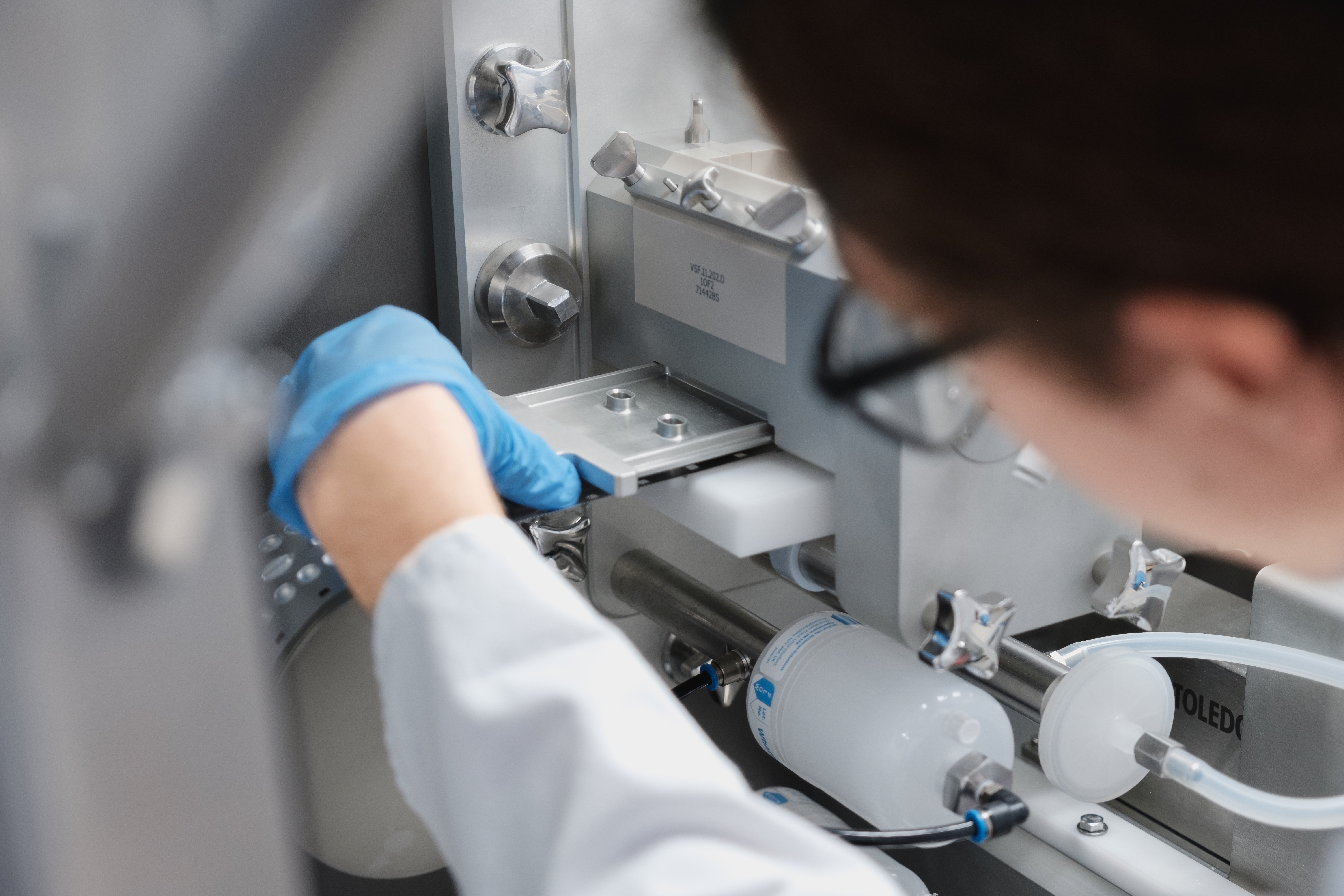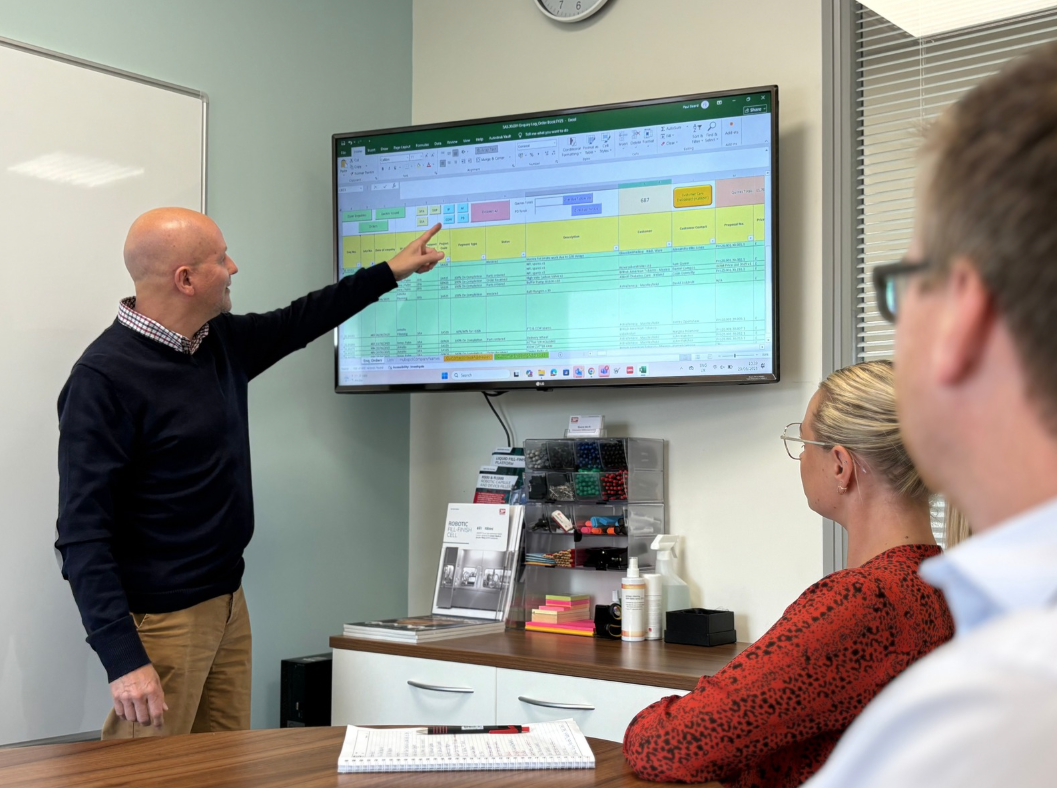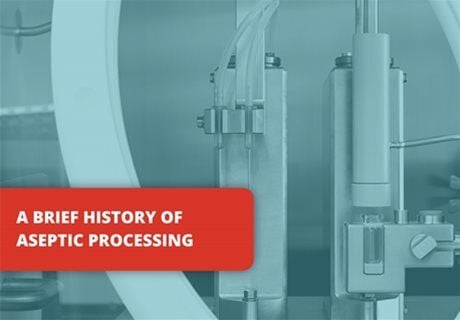The Future of Aseptic Manufacturing: Compact and Advanced Solutions
As the pharmaceutical industry advances into more complex modalities, from biologics to cell and gene therapies, the need for flexible,...
Aseptic processing is the method of producing a sterile product in which sterile bulk drugs or other sterile materials are filled and enclosed in sterile packaging containers, in a controlled environment where the supply of air, materials, equipment and operators are carefully regulated and controlled to control microbial and particulate contamination within acceptable levels. Aseptic processing is a term which describes the multiple tasks and processes involved in the manufacturing method, which may be completed manually or by semi-automated or fully-automated equipment. One of the most critical processes is the filling of sterile drugs in the Grade A environment, whether in liquid or powder form.
The aseptic processing market was valued at over $56 trillion in 2018 and is expected to grow to $124 trillion by 2027, with a CAGR growth of 9.18%. The industry has seen many changes over the last century due to a number of challenges including changing regulations, the pressure to develop drugs and devices more quickly and cost-effectively, advances in technologies and the need for customised and adaptable solutions to suit specific manufacturers’ needs in sterile production.
Sterilisation processes have substantially developed since their methods involved the use of Bunsen burners and boiling water. In the 1920s, sterility requirements for injectables were introduced. These requirements along with mass demand for sterile injectables in WWII began the evolution of fill-finish aseptic processing.
Aseptic processing methods were revolutionised following the lethal contamination of plasma products in 1940. The ‘Blood for Britain’ programme saw mass biological manufacturing of blood and plasma to treat wounded soldiers during WWII. However, the plasma collection process was a haven for bacterial contamination and many vaccines were contaminated with Hepatitis viruses, leading to fatal epidemics. Fears of these epidemics happening again encouraged early attempts by AABB Standards Committees in 1958 to prevent hepatitis, by calling for room-temperature storage to be controlled at 30 to 32°C with or without ultraviolet irradiation. These early attempts went on to be replaced by more effective methods of preventing contamination. Plasma products were to be screened for viruses and virus-inactivation methods were utilised to inactivate the virus without impairing the vaccine’s biological activity. This included methods of pasteurisation at 60°C for 10 hours and heat treatments carried out at 80°C. These methods were also used to control the spread of the HIV epidemic in the 1980s. Although this did not provide sterility, biological contamination that was occurring during early aseptic processing was reduced. Today, Vaporized Hydrogen Peroxide is the most practiced low-temperature sterilisation process to remove unwanted residuals. This practice first appeared in American hospitals in 1993.
As other modern medicines and technologies began to develop, regulations were often overlooked leading to fatalities, safety alerts and product recalls for contaminated drug products. These oversights encouraged Good Manufacturing Practices (GMP) to be implemented by governments around the world during the 1970s, ensuring aseptic conditions are maintained for safe drug development and manufacturing. The Current Good Manufacturing Practices (cGMPs) have created tougher challenges for generating cost-effective applications that can develop drugs and devices more quickly whilst complying with the stringent regulations.
The development of HEPA filters to contain airborne radioactive materials during WWII accelerated the development of aseptic manufacturing facilities and equipment in the decades after the war. In 1962, Willis Whitfield invented the modern-day cleanroom to overcome the issues of turbulent airflows and removing introduced particles.
Whitfield overcame these challenges by designing a cleanroom that:
According to tests carried out in 1962, the laminar-flow cleanroom created an environment that was more than 1,000 times cleaner than earlier designs. The dust counts were so low that many people did not believe Whitfield’s claims. Despite this, the modern-day cleanroom gained recognition and within a few years, it acquired more than $50 billion sales worldwide. Whitfield’s invention revolutionised aseptic manufacturing in the pharmaceutical industry.
The early designs of isolators came from the adaptation of nuclear gloveboxes which were developed in the 1950s. Isolators were introduced to the pharmaceutical industry in the early 1980s, shortly followed by restricted access barrier systems (RABS) in the mid-1980s, to separate the operator from the process. Isolators and glove ports were, and are still, utilised to protect operators outside of the isolator against the risk of exposure to a toxic drug, and to protect the sterile product against contamination in aseptic processing. By the end of the 20th century, containment solutions were significantly developed to handle the use of complex technologies and equipment, such as robotic arms and powder dispensing systems.
Many drugs require aseptic manufacturing solutions that must overcome the challenges in aseptic processing. This has required the need for supplying proven, modular filling and manufacturing technologies and machine solutions that can be customised and adapted to meet specific customer requirements in aseptic processing.
Visit our aseptic manufacturing page to discover more.

As the pharmaceutical industry advances into more complex modalities, from biologics to cell and gene therapies, the need for flexible,...

Our DPI blister filling capabilities draw on long-standing experience, our founder, Tom Bailey, is one of the named inventors of the DPI filling...

This week, I had the chance to sit down with Paul Beard, Operations Director at 3P innovation, to explore what truly distinguishes our Customer Care...
